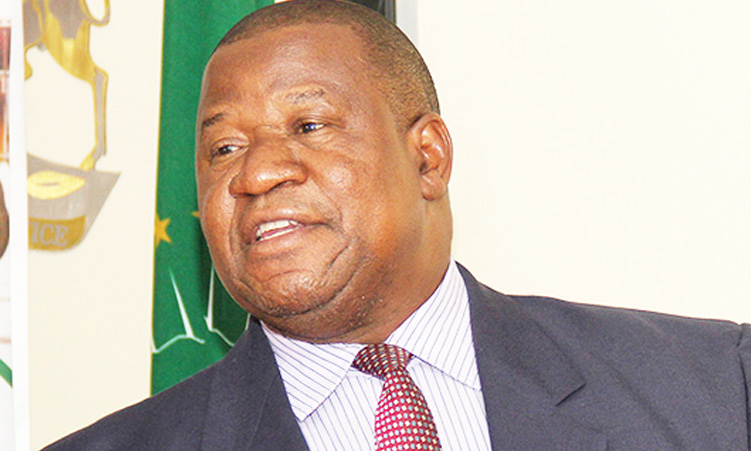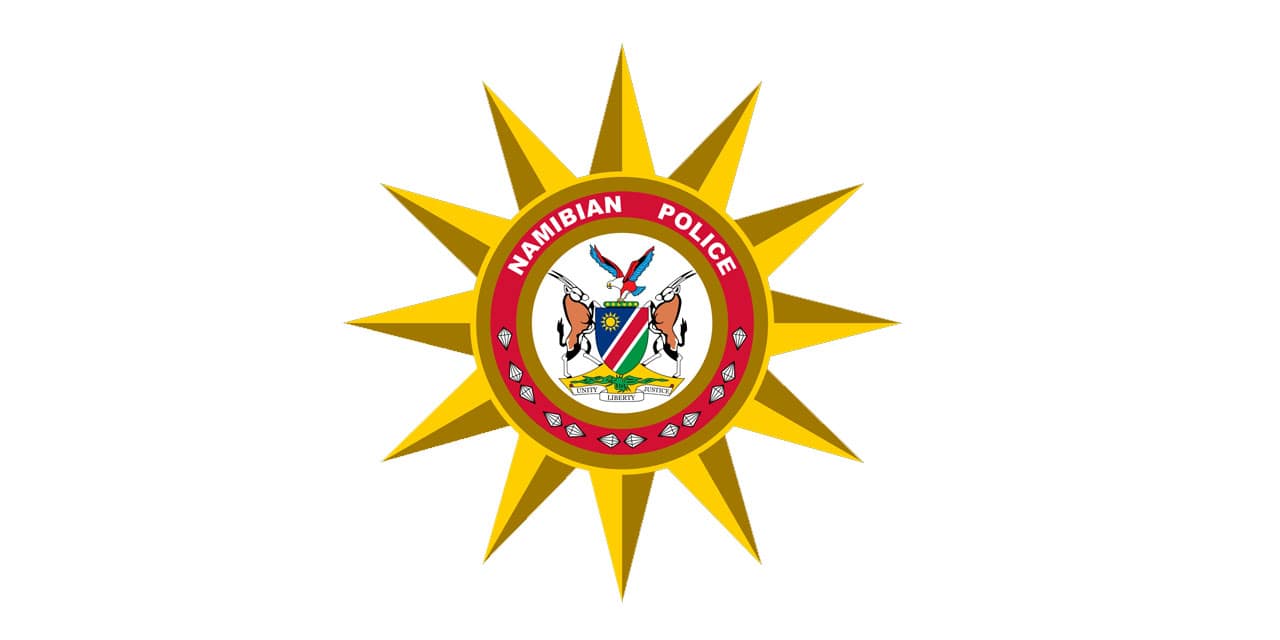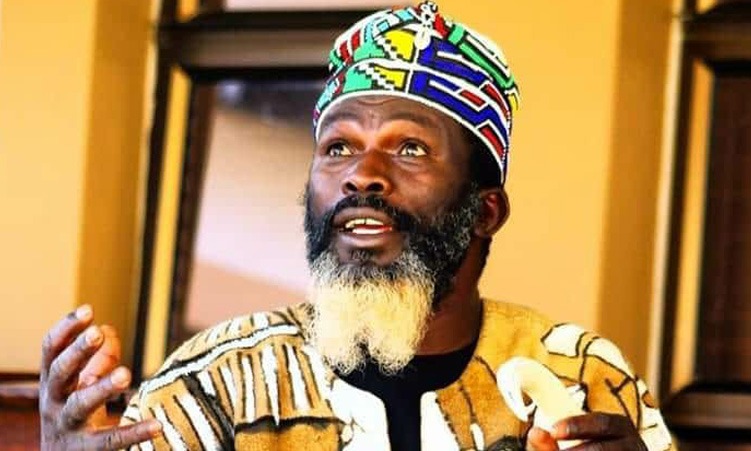Minister of works and transport minister John Mutorwa says Namibia is at the forefront of coordinating the extension of the Grootfontein-Katima Mulilo railway project.
This comes after the Cabinet approved a feasibility study on the railway project which will connect three countries to improve trade.
The project will connect the existing railway from Grootfontein to Katima Mulilo in the Zambezi region to the railway line in Livingstone, Zambia.
Mutorwa says the consultants presented their final report to the ministry last year.
He says the ministry presented the findings to the Cabinet, which has approved it.
Canadian-based company MR Technofin Consultants Ltd, co-funded by Namibia and the African Development Bank, says the proposed 772km new railway line is viable from a technical, environmental, legal, financial and economic standpoint.
Mutorwa says the whole of Cabinet has approved the findings.
“We are now at the stage where the finance ministry is in the lead to see how we can fund this, because it’s not only a Namibian railway line.
“It is like a road that will connect us to other countries, such as Zambia and Botswana, through Ngoma up to Kasane, and link up with Zimbabwe and Zambia, where the bridge is, up to the Democratic Republic of Congo,” Mutorwa said last week.
He said Zamibia has already indicated it wants have a joint meeting with the finance ministers of Namibia, Zambia and Botswana, the transport ministers, as well as experts in the field to consider various ways to fund the project.
“So, that meeting has not taken place yet, but we are working on it. I spoke to the finance minister the other day to take it up with his counterparts, and then a meeting will be called,” Mutorwa said.
The minister said the project would not come cheap.
“All I can say is if the road is expensive, the railway line is more expensive, but these are projects you put in place – not only for today.
“It’s for tomorrow and the years to come. If you look at the existing railway line in Namibia, it was constructed during the times of the Germans, but we are still using it.”
The cross-border rail project aims to link new mines and mining activities, particularly from neighbouring countries, to the railway network along the Walvis Bay-Ndola-Lubumbashi Development Corridor to enable the transportation of products from the mineral-rich Copperbelt area in Zambia to Walvis Bay.
The Trans-Caprivi Corridor, which stretches from the Walvis Bay port to Lubumbashi in the Democratic Republic of Congo through Zambia, is considered very important by the three countries.
It is argued that the railway line could attract a million tonnes of cargo per year, mostly comprising copper, agricultural products, timber, mining and other equipment.
Stay informed with The Namibian – your source for credible journalism. Get in-depth reporting and opinions for
only N$85 a month. Invest in journalism, invest in democracy –
Subscribe Now!






